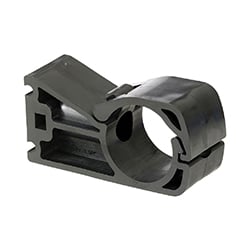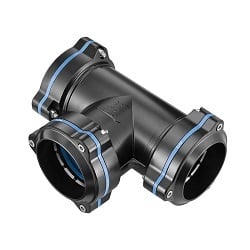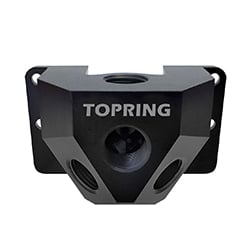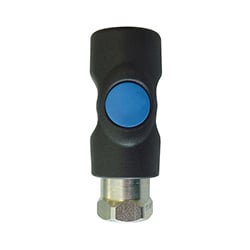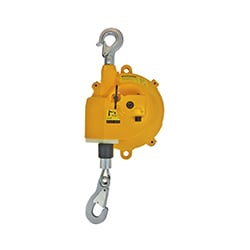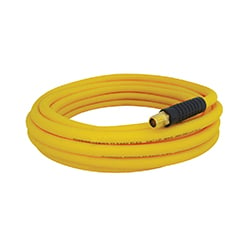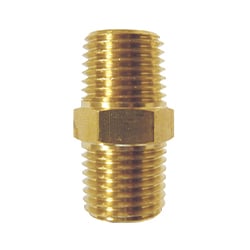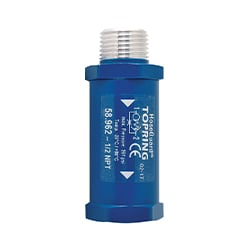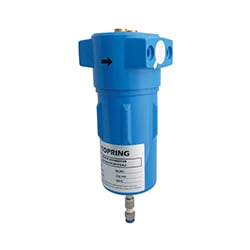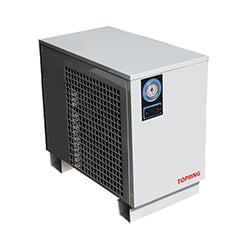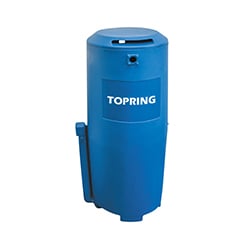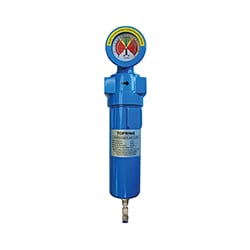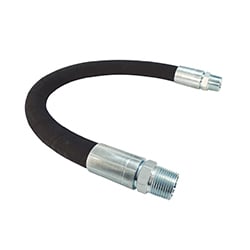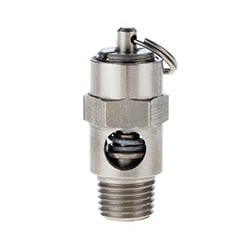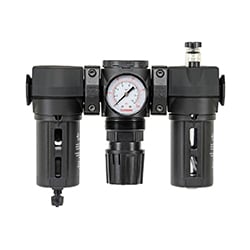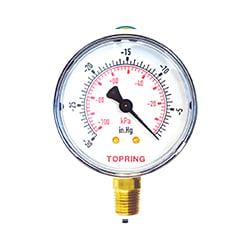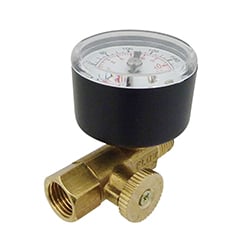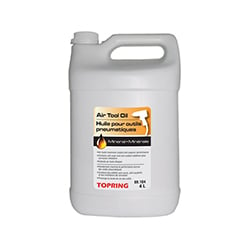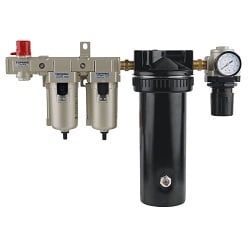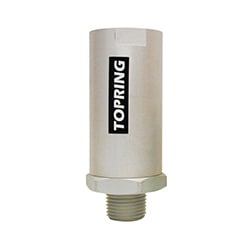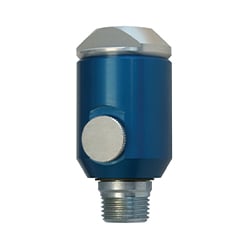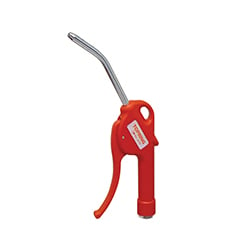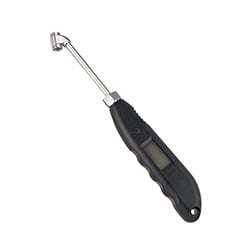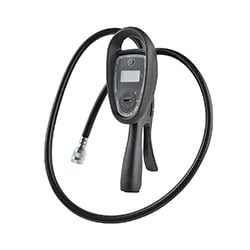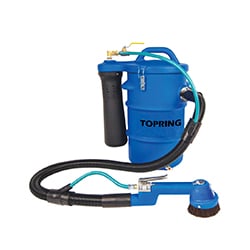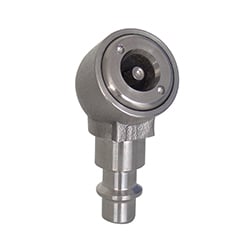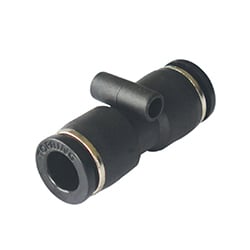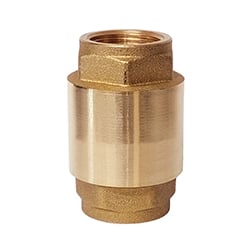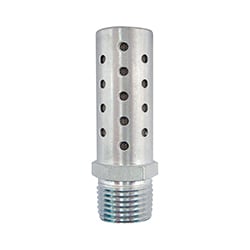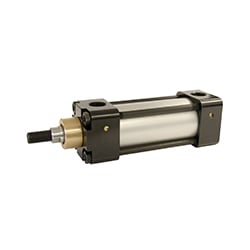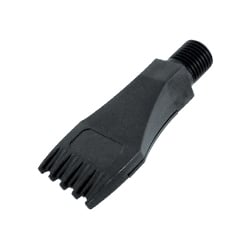When we talk about the elements that make up the compressor room, we immediately and rightly so, mention the compressor(s), the tank, the dryer, and finally the filtration units... But there is one element that is often forgotten as it is so discreet… The cyclonic water separator! I would even say that not only do we forget to mention it, but also too often, to install it!!! One could say that it is (alas) the great forgotten parts of the compressed air production system... So, let’s endeavor here to fill this gap by presenting and explaining who this unfortunate stranger is.
What is a cyclonic separator?
At first glance, we can confuse the separator with an air filter, as it resembles it. However, make no mistake about it, the water separator as its name suggests “separates” but does not filter. More clearly, this means that the work is done very differently. While the filter retains solid particles through a mesh of varying sizes depending on the need (mechanical process), the water separator will instead remove up to 99% of the water and solid contaminants. To do this, it uses the speed of air passage (dynamic process). Here, we are no longer talking about the size of particles, but about the quantity, even better, in percentage of particles contained in the compressed air. In most cases, the water separator will effectively prepare the air for the treatments that will follow. In fact, one could consider separation as essential conditioning before tackling the sequel. It is therefore logical that the water separator should be the first element installed after the compressor. To fully understand let’s examine its operating principle which, my word, is quite simple and extraordinarily effective!
How does a cyclonic water separator work?
In “cyclonic water separator,” first, we hear “separator.” Therefore, the idea is to picture a system that makes it possible to divide the compressed air into two distinct parts: on the one side the fluid usable as energy in the workshops and on the other, the particles which contaminate it. But in “cyclonic water separator” we also hear “cyclonic.”
To fully understand this principle, let’s follow the airflow from the start. When it enters the top of the separator (the head), the air flow first passes through a ring (a deflector) located between the head and the bowl and made up of fins, which are all inclined in the same direction. In fact, these fins force the airflow to take a rotational movement. This phenomenon is called the Vortex. The movement of the vortex is always in the same direction, along the sides of the bowl from top to bottom. This is happening at a remarkably high speed and under pressure! The air propelled at this high speed and in a rotational movement then separates from its particles in suspension. These foreign bodies find themselves thrown against the walls of the bowl. Just like in real cyclones, the rotating air forms a sort of pressurized cylinder whose interior is hollow and has a lower pressure. This is called the “eye of the storm.” This inner vacuum sucks in the air that has reached the base and carries it upwards, the exit of the separator. This central suction movement promotes the exit of the air, already pushed by the inlet pressure, thus generating a "treatment" with a low-pressure drop! It is exactly this principle that is used in household vacuum cleaners called "Vortex"...
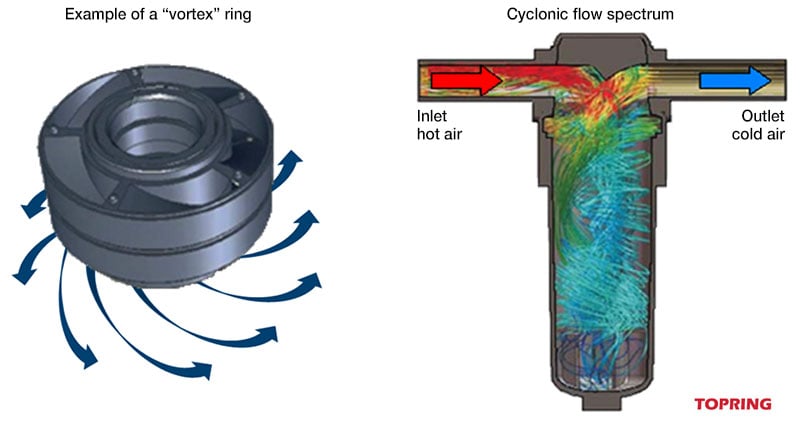
The advantages of a cyclonic water separator
Earlier I mentioned the “preparation” side of the air. The separation is incredibly effective. And since we are talking about percentages, you should know that a separator, if fed by a flow rate of at least 25% of its nominal capacity, will be able to eliminate up to 99% of water and impurities. Yes, you read correctly, 99%! This is what dreams are made of!
In addition, all this is done without a cartridge, and therefore, no spare parts! Only an annual cleaning with soapy water to avoid clogging is recommended. This ensures the proper functioning of the automatic purge. To confirm the proper functioning of the separator, pay attention to the amount of condensates evacuated.
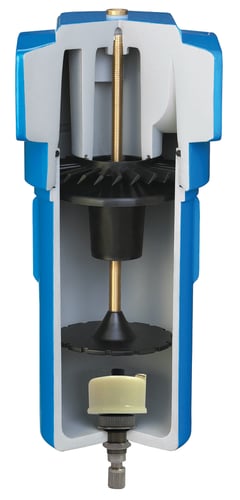
Another point that should be remembered is the temperature drop between the inlet and the outlet of the device. This substantial reduction is particularly appreciated when an air dryer is installed downstream of the separator! This is a real gain for refrigerated air dryers and on the life of the dryer! I haven't even mentioned how it protects the tank by relieving it of a sizable chunk of condensation. Thus, depending on the activity of the workshop, we could be satisfied with this effective and very inexpensive "pre-treatment", for example, in companies where rather large, "rustic" tools are used. But even if we eliminate 99% of contaminants, let's not forget the remaining 1% which is always sufficiently aggressive to damage or even destroy the most sensitive machines and applications! So be careful, the water separator is not there to replace any other treatment!
Good to know
To really benefit from the maximum efficiency of the water separator, it must always be sized as close as possible to the air flow to be treated... Too small, the water separator will only treat part of the air, and too big it will lose centrifugal force of separation. So be careful to calculate the flow rate used.
As I said earlier, an annual cleaning with soapy water is strongly recommended for the proper functioning of the purge. This purge, by the way, must absolutely be automatic. A semi-automatic purge will only work when the compressed air pressure is zero (so probably never!)
On the assembly side, a cyclonic water separator must always be secured in a solid and rigid manner: vibrations can damage the operation of the purge. On the other hand, as for all the other elements of the system located after the compressor, we recommend its assembly with a by-pass to simplify the maintenance of the separator.
In conclusion, we understand that even if its price is minimal, it still does a maximum of work! It separates, it prepares, and it protects... it would be a shame to forget it!
To help you with your choice, do not hesitate to contact your Topring representative who, of course, will be happy to guide you!


